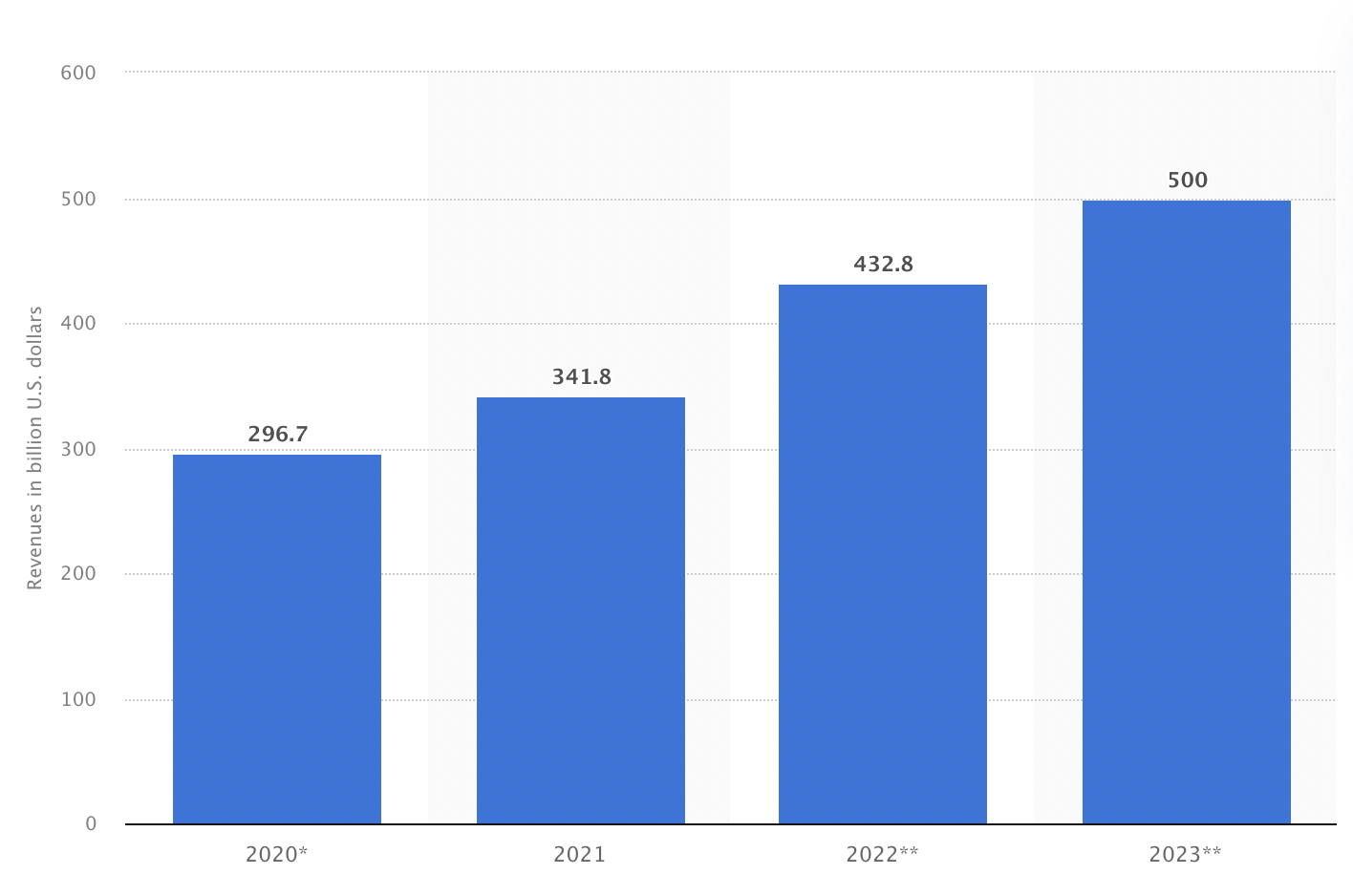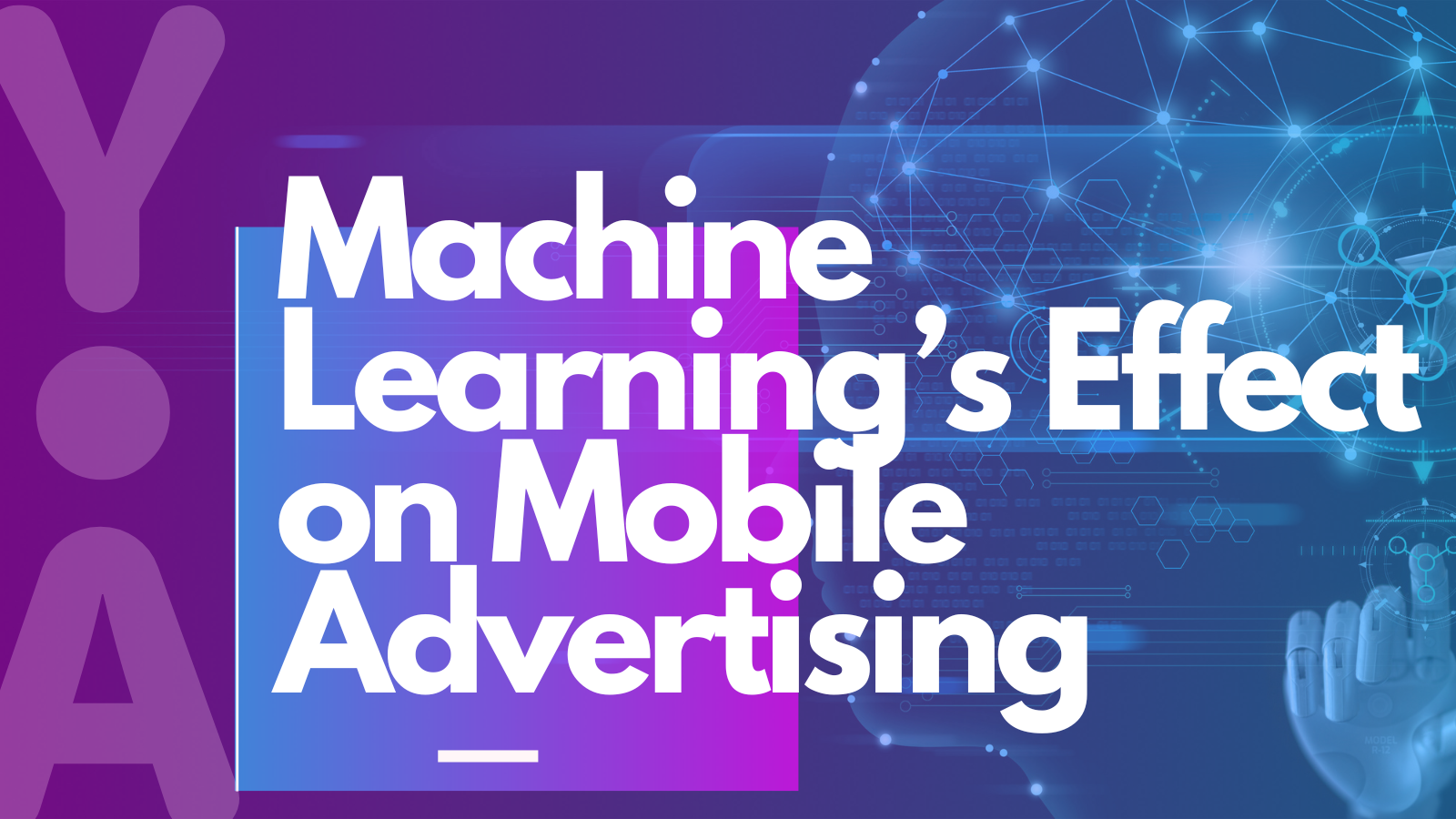Twenty twenty-three has been the year that artificial intelligence (AI) and machine learning tools have revolutionized the way many businesses operate and fuel their strategic decision making. Over 60% of businesses believe that artificial intelligence will help increase their overall productivity and 28% report that AI use is already on their board’s agenda. Machine learning and AI has had a significant impact on many industries, particularly mobile marketing.
The mobile industry has been building towards this capability of AI being able to create new content from training data for several years. Learn how AI and machine learning give marketers the upper hand when it comes to retention strategy and increasing overall user engagement.
Advances in Machine Learning in 2023
This year has been transformational when it comes to machine learning. ChatGPT, for instance, gained 100 million users in just two months of launching earlier this year. For context, it took Instagram two and a half years and TikTok nine months to get to 100 million users. ChatGPT aside, AI continues to revolutionize various industries, with an expected annual growth rate of 37.3% between 2023 and 2030. This rapid growth emphasizes the increasing impact of AI technologies in the coming years and the role it will play in all business entities.
Although 2023 has brought many advances in machine learning with nine out of ten leading businesses investing in AI technologies, only 14.6% have deployed AI capabilities in their operations. There is still some uncertainty when it comes to the adoption of these new technologies and their use in modern business practices. However, in the digital marketing space, AI is becoming a daily norm when it comes to strategy. Over 75% of digital marketers now use AI tools in their work and 49.5% of marketers use AI tools multiple times per week.

Artificial intelligence (AI) Market Revenues Source: Statista
Machine Learning Effects on Mobile Advertising
Machine learning has had a significant impact on mobile advertising in many ways. This new technology is transforming the industry and enhancing the effectiveness of advertising campaigns. AI and machine learning give marketers the ability to have a deeper level of personalization with their audience and create optimal ad placements and optimizations. Machine learning models can also detect and prevent fraudulent activity in real-time, helping advertisers protect their ad budgets.
Personalization
Machine learning and AI play a pivotal role in elevating the level of personalization in mobile advertising campaigns. These technologies enable advertisers to analyze vast amounts of user data that they would have difficulty going through without the use of this technology. They can analyze user scrolling habits, preferences, location, and historical interactions, in order to create highly tailored ad experiences. Through predictive algorithms, machine learning can anticipate user needs and behaviors, allowing for the delivery of relevant ads at the right time and place. For example, by utilizing AI, app marketers can serve ads on other apps that users tend to frequent on a daily basis. By utilizing this personalized cross promotion, app marketers have a higher chance of re-engaging loyal users.
Increased personalization not only enhances user engagement but also boosts the likelihood of conversion, as consumers are more likely to respond positively to advertisements that align with their individual interests and needs. Ultimately, machine learning and AI empower advertisers to forge deeper connections with their target audiences, delivering a more satisfying and effective mobile advertising experience.
Ad Placement and Targeting
New technologies such as AI are instrumental in optimizing mobile ad placement and user targeting. These technologies leverage sophisticated algorithms to analyze a wealth of user data and preferences. By processing this data in real-time, machine learning can determine the most appropriate ad placement across various mobile platforms and apps, ensuring that ads are displayed where they are most likely to reach the intended audience. This reduces wasted ad spend and increases the likelihood of reaching potential customers.
Additionally, AI-powered targeting allows advertisers to identify and segment users with precision, tailoring ad content to specific user profiles and preferences. They take into account historical performance data and user behavior to determine the most effective placement strategies, maximizing the visibility and impact of ads. This enhances user engagement, as individuals are more likely to respond positively to ads that align with their interests. Through machine learning and AI, mobile advertising becomes more efficient, cost-effective, and user-centered.
Predictive Analysis
Predictive analytics is using data mining, predictive modeling, and machine learning to predict marketing trends, customer behavior, and campaign outcomes. By granularly analyzing huge amounts of both customer and market data, predictive analytics helps app marketers to understand why something has happened in the past and what can be done to improve those outcomes in the future. Human decision-making processes can be flawed and conditioned by different factors.
When humans analyze data, they can make mistakes that stem from a biased mindset or from taking into consideration non-important data. By applying AI and machine learning, predictive analytics become more accurate and help marketers make informed decisions that lead to better user retention.
Chatbots
Chatbots are crucial for user retention and have become an integral part of mobile marketing strategies, providing instant assistance and seamless interactions with users. These tools serve as a 24/7 virtual assistant, offering instant responses and assistance to users' queries and concerns. By providing immediate solutions and personalized interactions, chatbots enhance the overall user experience, keeping customers engaged and satisfied.
AI-powered chatbots utilize natural language processing (NLP) to understand and respond to user queries, offering personalized recommendations and resolving issues promptly. These intelligent virtual assistants enhance customer experience, ensuring round-the-clock availability and efficient communication. Customers understand that bots collect personal data but want them to use it to create a better customer experience. Over 50% of consumers who interact with chatbots expect their data will be used to personalize future interactions with a brand.
Takeaways of Machine Learning Effect on Mobile Advertising
The mobile industry has been building towards this capability of AI being able to create new content from training data for several years. Learn how AI and machine learning give marketers the upper hand when it comes to retention strategy and increasing overall user engagement.
Machine Learning Effects on Mobile Advertising
- Personalization: Machine learning and AI enable advertisers to analyze vast amounts of user data that they would have difficulty going through without the use of this technology. They can analyze user scrolling habits, preferences, location, and historical interactions, in order to create highly tailored ad experiences.
- Ad Placement and Targeting: By processing this data in real-time, machine learning can determine the most appropriate ad placement across various mobile platforms and apps, ensuring that ads are displayed where they are most likely to reach the intended audience. This reduces wasted ad spend and increases the likelihood of reaching potential customers.
- Predictive Analysis: Predictive analytics is using data mining, predictive modeling, and machine learning to predict marketing trends, customer behavior, and campaign outcomes. This type of analytics helps app marketers to understand why something has happened in the past and what can be done to improve those outcomes in the future.
- Chatbots: Chatbots are crucial for user retention and have become an integral part of mobile marketing strategies, providing instant assistance and seamless interactions with users. These tools enhance the overall user experience, keeping customers engaged and satisfied.

